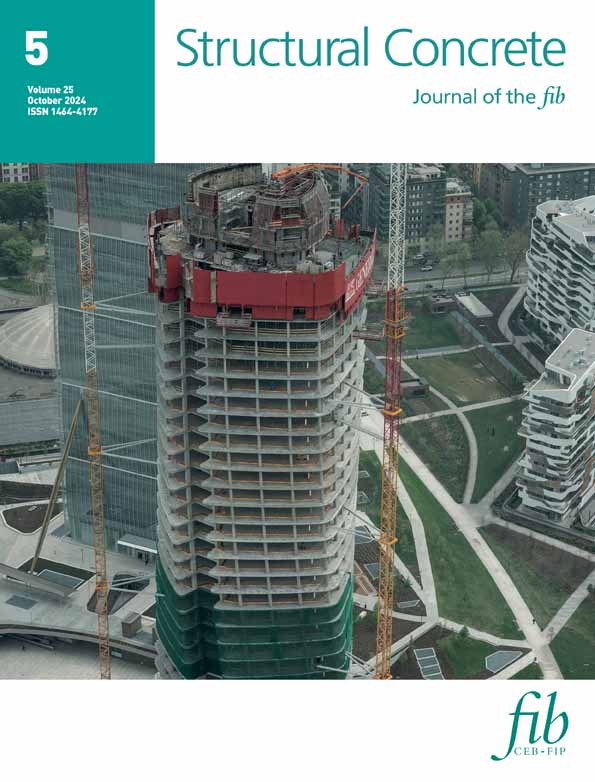Study via the finite element method of the behavior of deck joints in a bridge composed of precast concrete segments
Abstract
There is a demand for research to better understand the structural performance of segmental bridge joints. In this context, the main objective of this work is to present a 3D numerical modeling using the Finite Element Method (FEM) to physically simulate the behavior of concrete joints in a segmental concrete bridge. The analysis was conducted using the design of a real bridge, and the structure studied was the main span of the New Guaíba Bridge, located in Porto Alegre, RS, Brazil. The modeling was implemented using ANSYS software, version 21.2. The simulation considers a complete model of the span to provide a more realistic determination of the joint openings and the stress distributions in the elements. It is crucial to emphasize that the results obtained from the model do not reproduce the observed behavior of the studied bridge. The analysis considered only one span with simplified boundary conditions and higher loads than those typically adopted in usual design procedures.
Open Research
DATA AVAILABILITY STATEMENT
The data that support the findings of this study are openly available in LUME at https://lume.ufrgs.br/handle/10183/257561.




